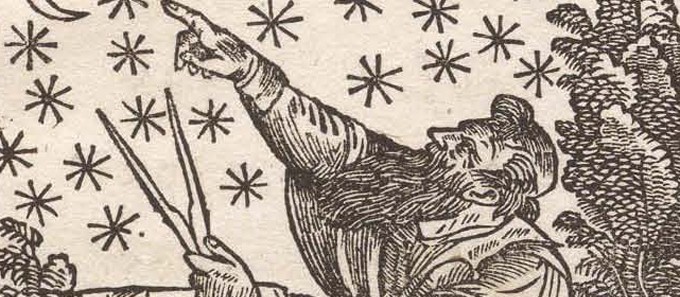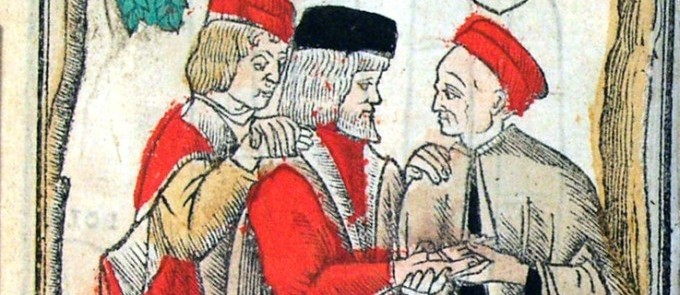

Reading the future. Exploring sacred and profane books
12 December – 13 February 2013
From Monday to Friday: 9.00 am – 4.30 pm
Saturday and Sunday: 10.00 am – 4.00 pm*
Fondazione Giorgio Cini onlus, Isola di San Giorgio Maggiore – Venezia
*During Saturday and Sunday the entrance at the Foundation is allowed just through the guided visits.
The exhibition itinerary
With the aim of highlighting and making better known the precious heritage on the island of San Giorgio Maggiore, the Giorgio Cini Foundation Library Coordination staff has designed and installed a small exhibition with some of the most significant items from the precious antique book collections. The thematic itinerary is organized round the concept of time.
The exhibition has been conceived and arranged in six thematically uniform showcases:
in the first showcase: the scientific measurement of time; in the second showcase: foretellings; in the third showcase: prophecies and books of fortunetelling; in the fourth showcase: medicine and recipes for living well; in the fifth showcase: the art of dying well; in the sixth showcase: the return of the Absolute.
Seen as the dimension in which events occur, time must be measured for us to conceive of and determine the past, present and future. After some examples of studies and scientific calculations concerning the measurement of time, the exhibition continues by documenting an important aspect of Renaissance culture: the conviction in those particularly tumultuous years (wars, epidemics, ill-starred events attributed to divine punishment, etc.) that man must be able to look into the future and approach events prophetically. On this subject some splendid exemplars of the most famous books of fortunetelling, prophecies and chiromancy are on show.
The sense of death was certainly a very deeply felt theme from the Middle Ages on. With the invention and development of movable-type printing, technical and scientific studies, manuals and treatises also spread, including books on medicine. The treatises then began to be flanked by books of “recipes” on how to live well from the perspective of dying well. The mendicant religious orders spread the message of memento mori and to reach the less cultured classes, the friars’ sermons were accompanied by crude images of skeletons holding sickles and standing at the bedside of the moribund.
The moment of death terrorises material-minded man who flees from it; spiritual man, on the other hand, awaits that moment as the opportunity to return to the Absolute. The famous text of the Imitation of Christ was the most widely disseminated work after the Bible and together with the Flowers of Virtue indicated the path that a good Christian must follow to reach the perfection of the soul in preparation for a personal, intimate reunion with the Absolute. By ascending the ladder of virtue, believers experienced the wonder of beatitude as Paradise restored the peace that they had so greatly longed for.
The exhibition is curated by Ilenia Maschietto and Matteo Giro with the support of the Technical Office of the Giorgio Cini Foundation.
Info:
Libraries of Giorgio Cini Foundation
tel. +39 041 2710407
e-mail: biblioteca@cini.it
